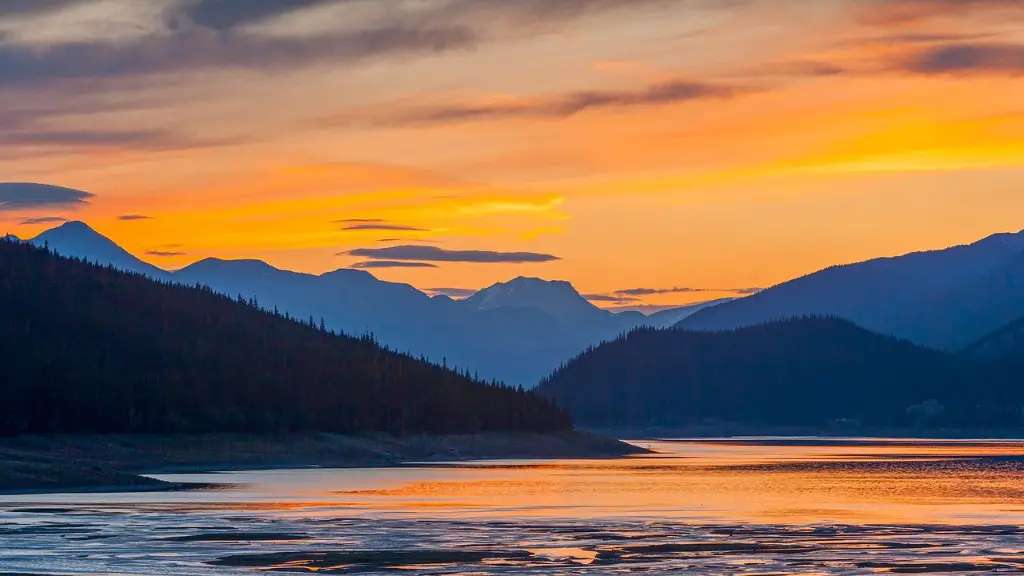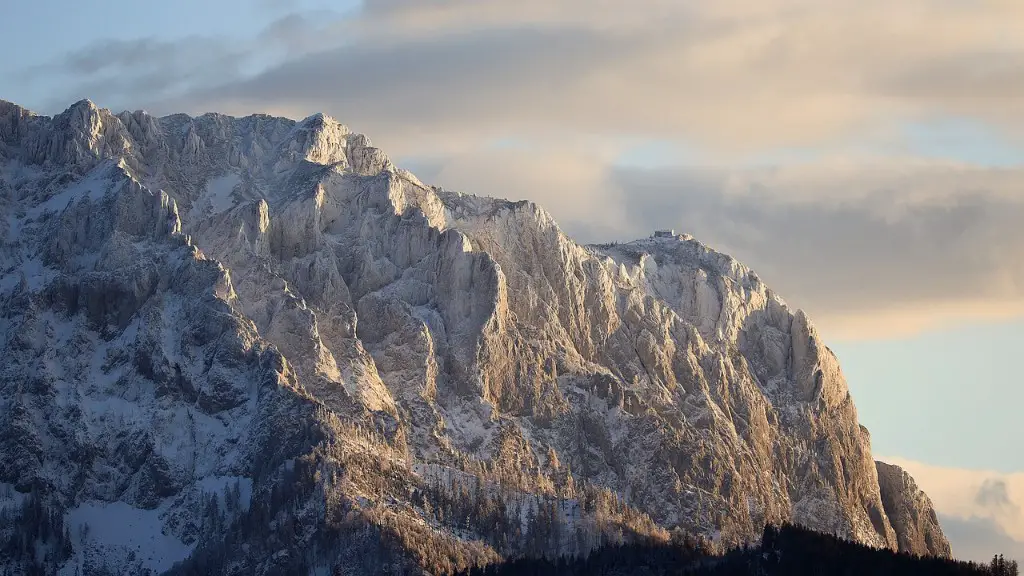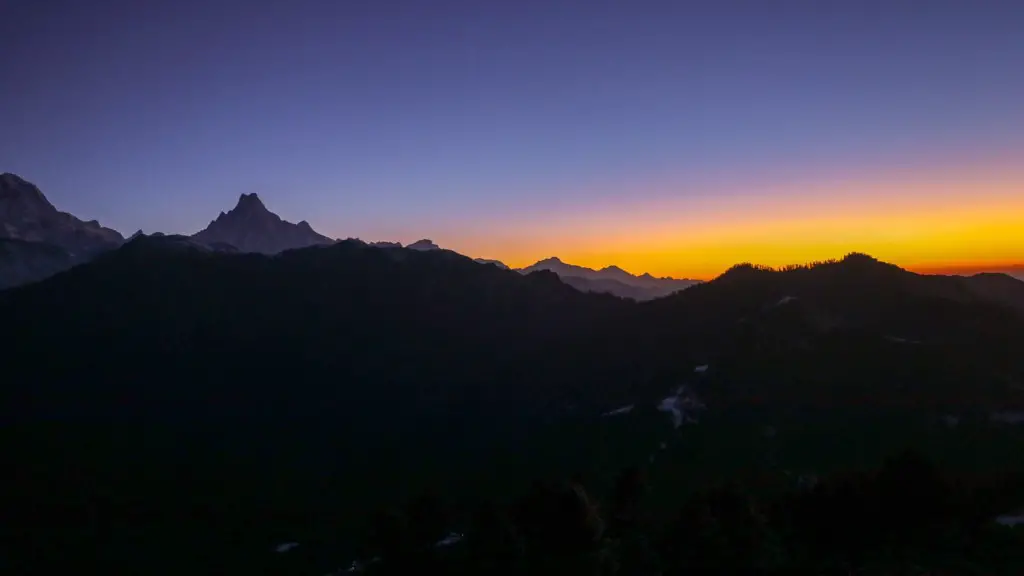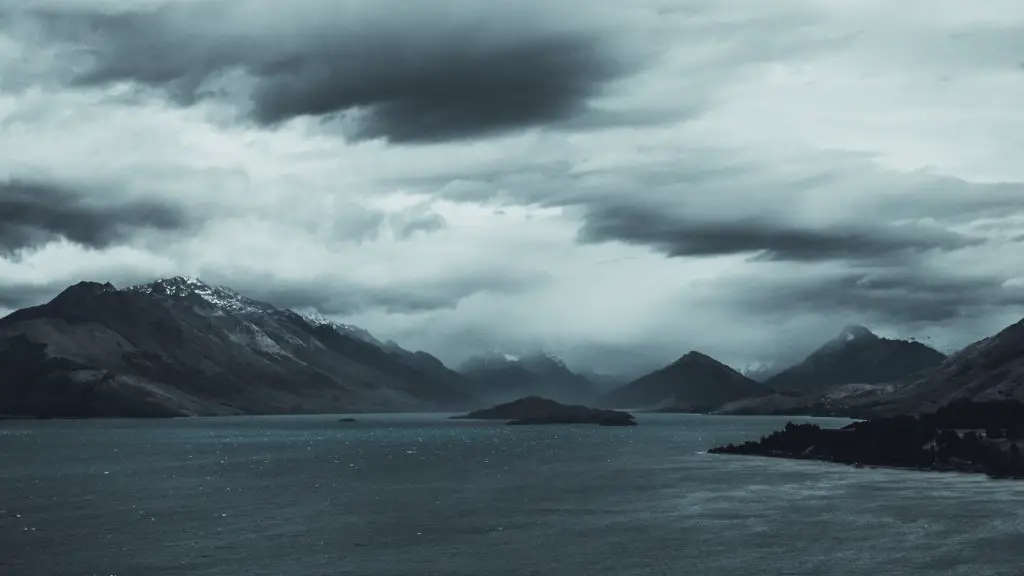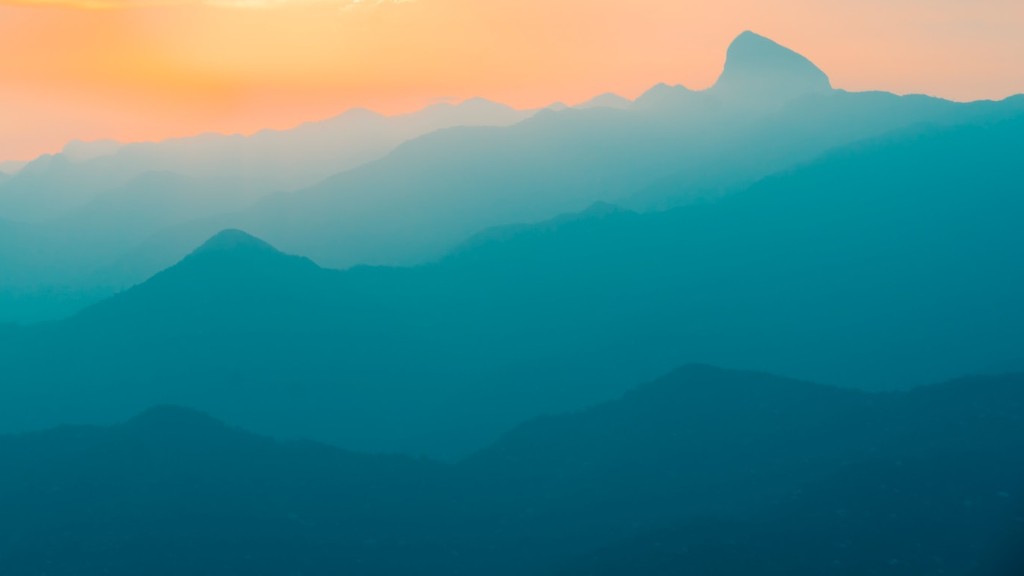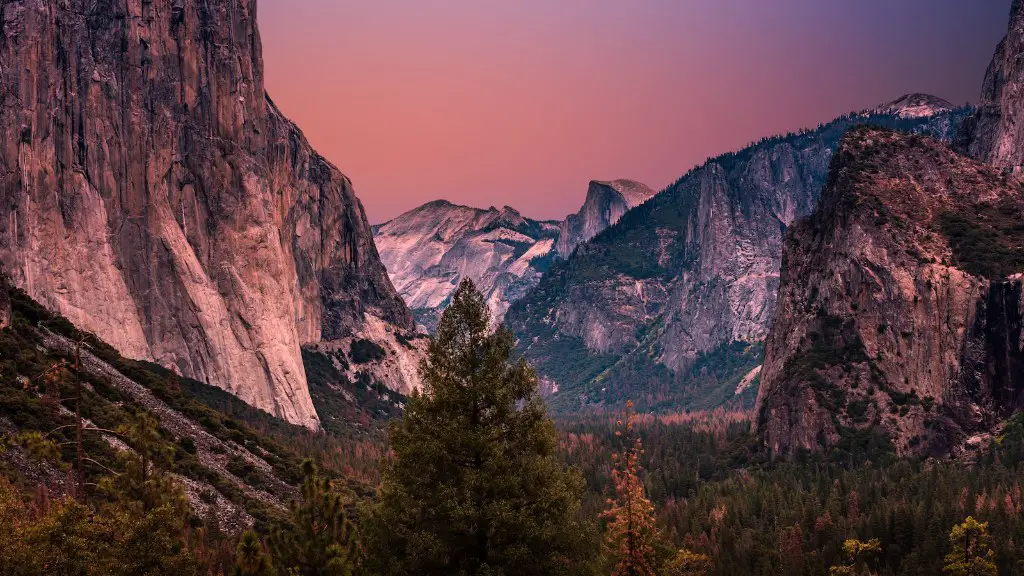Since Mount Everest was first summited in 1953, over 290 climbers have died on its slopes. The majority of these deaths have happened since the 1980s, when commercial expeditions began offering guided ascents of the mountain. In the death zone – above 8,000 metres (26,247 feet) – bodies remain frozen in place, some of them visible from the standard climbing routes. While the terrain and weather make it extremely difficult to bring bodies back down from Mount Everest, some relative have paid for helicopter evacuate the remains of their loved ones.
There is no definitive answer to this question as the bodies of climbers who have died on Mount Everest are often left where they fall and are not always recovered. It is estimated that there are over 200 bodies currently on the mountain, but this number could be higher or lower.
How many bodies are on Everest 2022?
Since the beginning of 2021, the number of people who have died while climbing Mount Everest has decreased significantly. In 2021, only four people died on the mountain, and the number was lowered to two by 2022. As of November 2022, 310 people had died while climbing the world’s highest peak. However, the number of dead bodies left on Mount Everest isn’t accurate because of the harsh weather.
George Mallory’s body was found on Everest in 1999, 75 years after his death in 1924. The body was found after an unusually warm spring, and it is believed that Mallory had attempted to be the first person to climb Everest. However, he disappeared before anyone could confirm if he had actually achieved his goal.
Why aren’t bodies removed from Everest
When people die on Everest, it can be difficult to remove their bodies. Final repatriation costs tens of thousands of dollars (in some cases, around $70,000) and can also come at a fatal price itself: two Nepalese climbers died trying to recover a body from Everest in 1984.
Green Boots is one of the most famous bodies on Everest. He was an Indian climber and constable with the Indo-Tibetan Border Police. Paljor’s body appeared where it is today on May 10th, 1996.
How cold is it at the top of Everest?
The weather and climate of Mount Everest is one of extremes. Temperatures at the summit are never above freezing and during January temperatures can drop as low as -60° C (-76° F). Despite the low temperatures, the biggest issue faced by climbers are hurricane force winds and wind chill.
It is thought that the corpse of the unnamed climber on Mount Everest’s primary Northeast ridge route is that of Tsewang Paljor, an Indian climber who died on the mountain in 1996. Paljor’s body has become a sort of marker for other climbers on the route, due to its distinctive green boots. Although the identity of the body has not been confirmed, it is believed to be Paljor’s.
What kills most people on Everest?
Climbing Mount Everest is an incredibly dangerous endeavor, and more than 300 climbers have died attempting to reach the summit since 1953. A third of these deaths are due to the deadly lack of oxygen at high altitudes, and climbers must be very careful to avoid becoming overexposed to the thin air. Other dangers include avalanches, falling rocks, and extreme cold, all of which have claimed the lives of many brave climbers.
Green Boots is the name given to the unidentified body of a climber that became a landmark on the main Northeast ridge route of Mount Everest. The body has not been officially identified, but he is believed to be Tsewang Paljor, an Indian climber who died on Everest in 1996.
Do dead bodies stay on Mt Everest
It is estimated that the bodies of at least a third of all who have died on Everest remain there. Some of them are in pieces, pulled apart by avalanches. It is very dangerous to remove remains from the top of the mountain. Ang Tshering Sherpa, the former president of the Nepal Mountaineering Association, believes that many of the bodies will never be recovered.
While it is true that some inexperienced climbers and guides did not make it to the peak of Everest in 1996, it is unfair to blame them for the entire tragedy. Ninety-eight other climbers made it to the summit, proving that it is possible to do so safely. The real blame lies with the dangerous conditions on the mountain, which are beyond the control of any individual climber or guide.
What is the youngest person to climb Mount Everest?
Jordan Romero is an American mountain climber who was 13 years old when he reached the summit of Mount Everest. He was accompanied by his father Paul Ramero and his step-mother Karen Lundgren, and three sherpas, Ang Pasang Sherpa, Lama Dawa Sherpa, and Lama Karma Sherpa.
The cost of an expedition to Mount Everest can vary greatly, but the average price in 2023 is $58,069, with a median price of $50,000. This data comes from ExpedReview, so you can use their site to compare prices and find the best deal for your expedition.
What is the biggest killer on Mount Everest
Acute mountain sickness (AMS) is a condition that can occur when you climb to high altitudes, and it is one of the main reasons why there have been so many fatalities on Everest this year. Symptoms of AMS include difficulty breathing, nausea and vomiting, headaches, dizziness, and shortness of breath. If you are experiencing any of these symptoms, it is important to descend to a lower altitude as soon as possible.
There is no one-size-fits-all answer to this question, as the best way to learn new programming concepts depends on the individual learner’s needs, preferences, and level of experience. However, some general tips that may be helpful for beginners include: seeking out resources that provide clear and concise explanations of concepts; practicing by writing code on your own or completing exercises to better solidify your understanding; and finding a mentor or online community of fellow learners to ask questions and share resources. Whatever approach you take, remember that the most important thing is to keep learning and expanding your skillset!
Can a helicopter fly to the top of Mount Everest?
Yes, a helicopter can fly to the top of Mount Everest. In 2005, Didier DelSalle flew to the top of Mount Everest, proving that it is possible for a helicopter to reach the summit of the world’s tallest mountain. A helicopter-based summit to the top of Everest has been successful as well, meaning that it is possible for others to follow in DelSalle’s footsteps and reach the top of Everest via helicopter.
July and August are typically the warmest months on the summit of Mount Everest, with an average nighttime temperature of -2°F to 0°F (-16°C to -18°C), and daytime temperatures a few degrees above that. I would speculate that the warmest temperature ever recorded on the summit was in the 10-15°F (-10°C to -12°C) range on still, sunny days.
What is the main cause of death on Mount Everest
The top three causes of death on Everest are avalanches, falls, and mountain sickness. Avalanches are the most common cause of death, followed by falls and then mountain sickness. Mountain sickness can be caused by a variety of factors, including dehydration, exhaustion, and lack of oxygen.
Hey there!
If you’re looking for an adventure and want to go on a fantastic trekking trip, here’s a great opportunity for you! If you can find ten other people to join you on the trip, your own place will be covered for free. So get out there and start finding some fellow trekkers!
Final Words
There is no precise answer to this question as the bodies of climbers who have died on Mount Everest are not always found or recovered. However, it is estimated that there are over 200 bodies still on the mountain.
Since its discovery, Mount Everest has been a popular destination for climbers and adventurers. The first recorded climb was in 1953 by Edmund Hillary and Tenzing Norgay. Since then, there have been many other successful and unsuccessful attempts to summit the mountain. Unfortunately, there have also been a number of deaths on Mount Everest. As of 2012, there were about 200 bodies still on the mountain.
